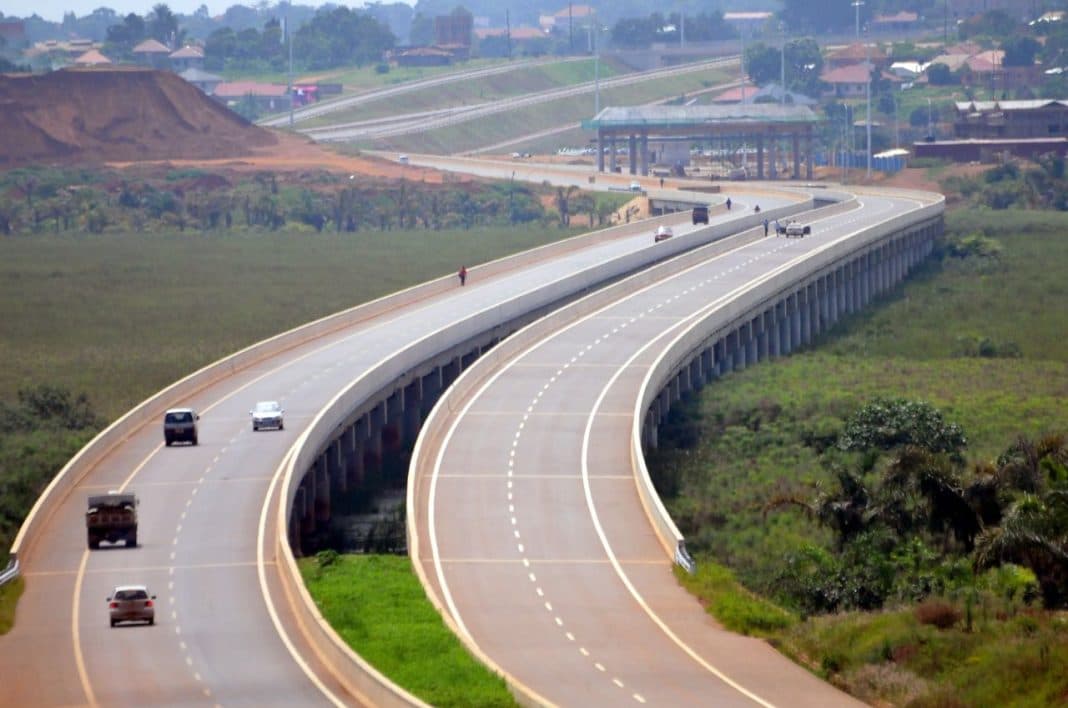We're loading the full news article for you. This includes the article content, images, author information, and related articles.
Motorists will pay a base rate of KSh 8 per kilometre for passenger cars on the 175km highway, with charges for heavier vehicles yet to be officially detailed. The project aims to slash travel times and boost trade along the vital Northern Corridor.

The Kenya National Highways Authority (KeNHA) has announced a base toll rate of KSh 8 per kilometre for passenger vehicles using the upcoming Nairobi–Nakuru–Mau Summit highway. This rate will apply to the 175-kilometre dual carriageway being developed under a Public-Private Partnership (PPP) model. The project, a key component of the Northern Corridor transport artery, is designed to alleviate severe traffic congestion, reduce travel times significantly, and enhance road safety on one of Kenya's most critical commercial routes.
According to a project disclosure brief by KeNHA released in October 2025, the KSh 8 per kilometre tariff will be applicable to Class 1 vehicles, which include saloon cars and other small four-wheeled vehicles. For a passenger car travelling the full 175km length from Rironi to Mau Summit, the total toll would amount to approximately KSh 1,400. The proposed tariff is scheduled to increase by one percent annually to account for inflation, in line with the draft National Tolling Policy of 2024.
While the base rate for passenger cars has been established, the specific toll charges for heavier vehicles, such as light commercial trucks, buses, and heavy goods vehicles, remain unconfirmed. KeNHA has indicated that these vehicle classes will be subject to higher charges, but an official, detailed tariff structure with multipliers has not yet been publicly released. FURTHER INVESTIGATION REQUIRED.
The highway will feature an open tolling system, meaning motorists will be charged based on the actual distance travelled between entry and exit points. A total of eight toll stations are planned along the corridor, though their precise geographical locations have not been officially finalized in publicly available documents. DETAILS UNCONFIRMED.
The project is now estimated to cost approximately KSh 90 billion, a significant reduction from the KSh 190 billion initially quoted by a French consortium. The contract with the French firms was terminated by the government in 2023 due to concerns over the high cost and potential financial risks to the state. Following the termination, the government is reported to have paid a compensation fee of around KSh 6.2 billion.
A new consortium, comprising the China Road and Bridge Corporation (CRBC) and Kenya's National Social Security Fund (NSSF), has been selected as the preferred developer for the 30-year concession. Construction is anticipated to commence before January 2026, with the highway expected to be operational by June 2027 or 2028.
The Nairobi-Nakuru-Mau Summit highway is a strategic national and regional infrastructure project. As part of the A8 road, it forms a vital section of the Trans-African Highway, connecting the Port of Mombasa to landlocked nations including Uganda, Rwanda, Burundi, and South Sudan. The upgrade is projected to cut travel time between Nairobi and Nakuru by nearly half, boosting economic efficiency for both passenger and freight transport.
The project is being executed under a Design, Build, Finance, Operate, Maintain, and Transfer (DBFOMT) model. This PPP arrangement means the CRBC-NSSF consortium will finance and construct the road, operate and maintain it for the concession period to recoup their investment through tolls, before transferring it back to the Kenyan government. This model allows for the development of critical infrastructure without immediate, direct government expenditure, a key consideration given Kenya's fiscal environment. However, the introduction of tolls has sparked debate, with some stakeholders, including the Motorists Association of Kenya, raising concerns about potential double taxation, as Kenyans already pay a fuel levy for road maintenance.
Keep the conversation in one place—threads here stay linked to the story and in the forums.
Other hot threads
E-sports and Gaming Community in Kenya
Active 6 months ago
Popular Recreational Activities Across Counties
Active 6 months ago
The Role of Technology in Modern Agriculture (AgriTech)
Active 6 months ago
Investing in Youth Sports Development Programs
Active 6 months ago